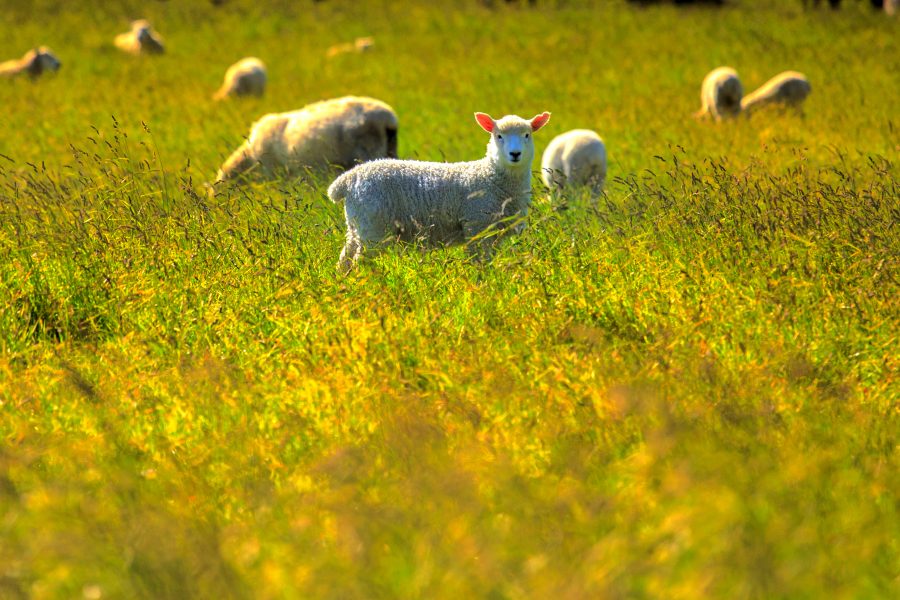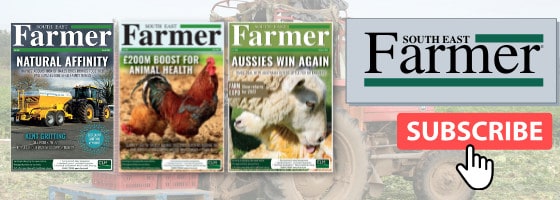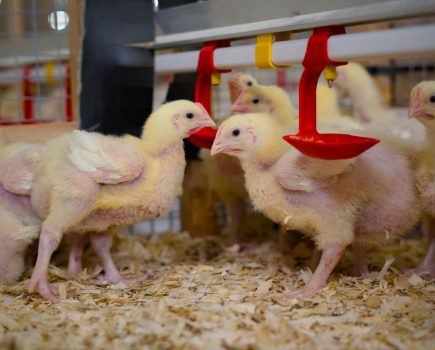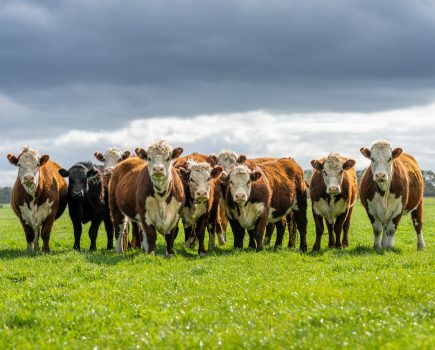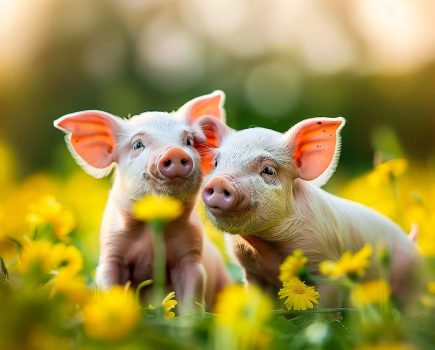It will soon be time for turnout, when hopefully concerns about pneumonia and scours will fade, but not before we take advantage of having stock close by to carry out essential husbandry tasks. Here Westpoint Farm Vets offer some measures you can take to ensure the best chance of a disease-free season:
Assess nutritional needs
The need to supplement stock may be dictated by their metabolic requirements and pasture quality, plus that of any forage you choose to put out. Pasture analysis can identify some deficiencies that could be mitigated by giving boluses to your animals.
Deficiencies are generally diagnosed by discussing disease history, as well as blood sampling stock, indicating systemic levels of trace elements such as copper, selenium and cobalt, as well as those essential for healthy births, such as iodine. These tasks are much more efficiently carried out prior to turnout to avoid rounding up and stressing animals later in the season.
Get proactive about parasites
It’s time to consider lungworm risk. Lungworm typically affects animals in their first or second grazing season, before they develop a degree of immunity. Lungworm can affect all ruminant and camelid species. Infection begins approximately one week into grazing, and clinical signs include weight loss, coughing and difficulty breathing.
Lungworm burdens can be fatal. If a discussion with your vet determines lungworm risk on your pasture, vaccination (licensed for cattle) is possible.
The risk of disease caused by gastrointestinal parasites in the first grazing season is higher. Youngstock must be monitored for signs of parasitism, ranging from diarrhoea to weakness, failure to thrive and sudden death.
The history of the pasture will determine its risk; worm eggs may have survived winter on pasture. Faecal egg counting (FEC) regularly after turnout is the best way to monitor parasite populations and indicate how and when to treat. Treating too early is minimally effective and promotes resistance. If treatment is too late, permanent damage could already have been done to the digestive system, so there is a delicate balance to uphold.
Your vet should be on hand to help guide you through the frequency of sampling and interpreting your results.
Get their feet fit
Soft pasture could potentially exacerbate lurking lameness issues, so foot checks are essential before sending stock out. Foot checks are particularly important if you’ve been understandably reluctant to turn ewes over in late stages of pregnancy.
Once lambed, you can safely investigate any overgrown or problematic feet, make sure infections are treated, trim underrun or overgrown hooves and have them sound before returning to pasture.
Consider vaccines
If you are not already up to date with clostridial vaccines, then turnout presents a good opportunity to get on track. Clostridial diseases include botulism and tetanus, and the causal bacteria can live in soil for years.
Animals become infected by ingesting their spores or via grazes or wounds, and infection can result in sudden death or sometimes severe systemic disease. Vaccinations for clostridial disease are relatively inexpensive.
This year it may also be wise to consider whether you intend to vaccinate stock for bluetongue virus. There is potential for this virus to have overwintered or to emerge in newborn animals from dams that were bitten by infected midges during pregnancy. It pays to consider how long it would take for onset of immunity if you administer a primary course (which can be one dose or two, three weeks apart, depending on the vaccine) and to plan ahead.
Of course, this is not an exhaustive list, but a health planning chat with your vet should identify any potential risks to your stock, depending on your location, type of livestock, parasite forecasts, pasture and disease history.
Vets prefer to prevent disease than treat it, which upholds animal welfare and makes economic sense. The time just before turnout presents a great opportunity to get beneficial husbandry tasks done before your animals disappear off to the fields, no doubt evading capture for a little while.
For more like this, sign up for the FREE South East Farmer e-newsletter here and receive all the latest farming news, reviews and insight straight to your inbox.

